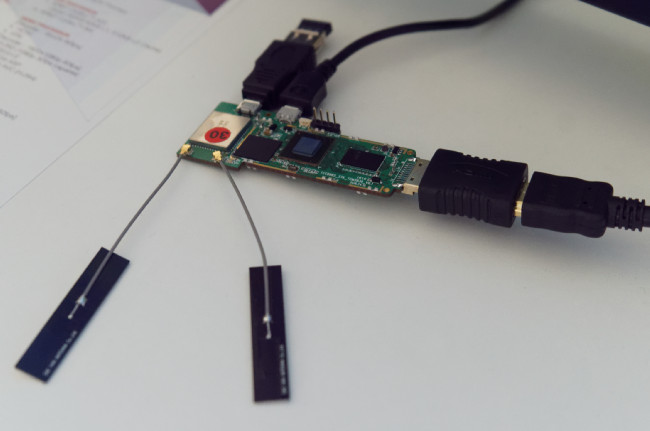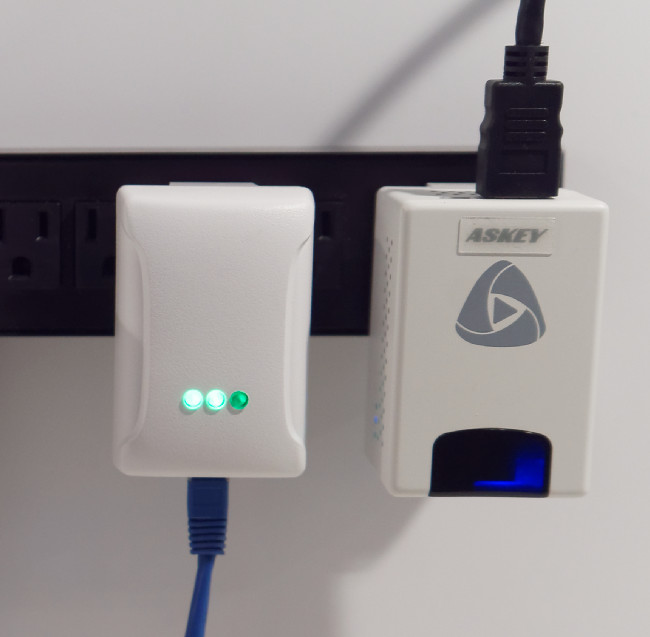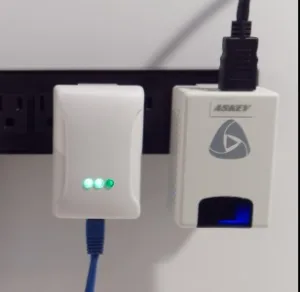Sigma had a meeting room to talk to its ODM customers and was showing the way that its chips support Android. The company has an SDK that works on Android “M” and is being ported from its existing 8759 chip to the SMP8985, due early in Q4 of this year. The company has developed what it calls the ‘Luna’ TV GUI engine which is a javascript/HTML5 platform for developing custom front end GUIs to support OTT apps. The engine exploits the hardware acceleration available via OpenGLES 2.0 and can support UltraHD resolution.
Sigma is supporting HLG and said that it can ‘mix and match’ different HDR content onto different displays. The chips can also support Dolby Atmos decoding for immersive audio.
Sigma is very proud of the low consumption of the SMP8985 which is said to be under 3W for a full ‘HDMI’ stick that can support UltraHD (HEVC Main-10 profile). It can support VP9 at 60fps as well as HLG, EDR and HDR10. Sigma is working with Telechips of Korea (a fabless chip company) to develop this stick technology and is aiming for less than 2W in some members of the SMP8980 chip family. Applications that will be developed with Telechips include automotive.

Sigma is interested in how the market for ‘casting TVs’ is developing. In the US, Vizio has developed sets that are tunerless and are intended to be connected to STBs and other video devices and is run via apps from phones and tablets. (Vizio Integrates Google Cast, Scraps Tuner). Developments continue to improve the usability and performance of apps.
Staying with the small form factor concept, Sigma has developed a ‘power plug’ STB that supports G.hn powerline/wireless networking and connecting to a TV and supporting outputs up to 2160 P60 formats. Sigma is working on adding support for Nagra and NDS security later in 2016.
 Sigma showed this UltraHD STB on the right (note – not developed with Askey, despite badge). Image:Meko
Sigma showed this UltraHD STB on the right (note – not developed with Askey, despite badge). Image:Meko

